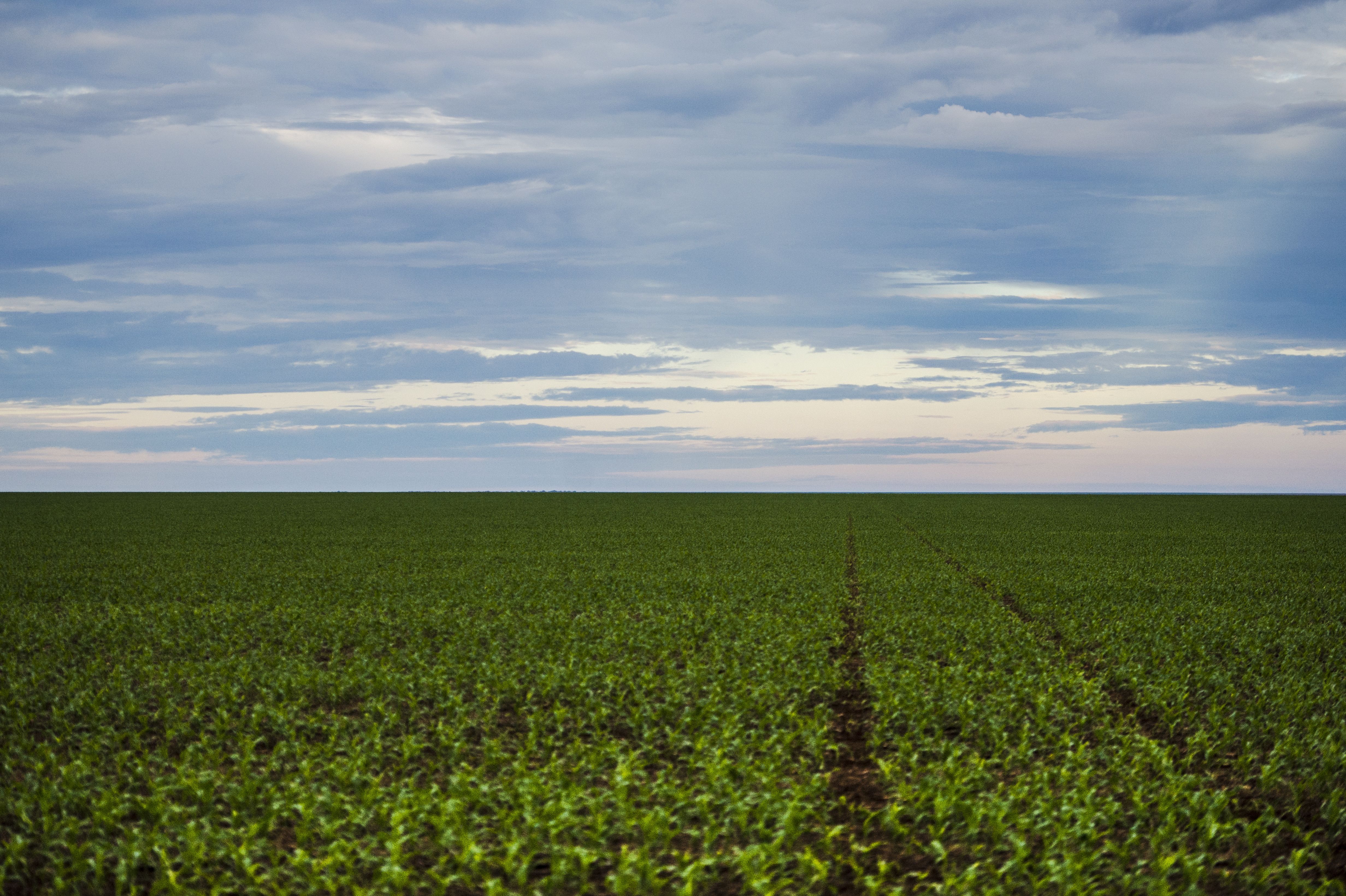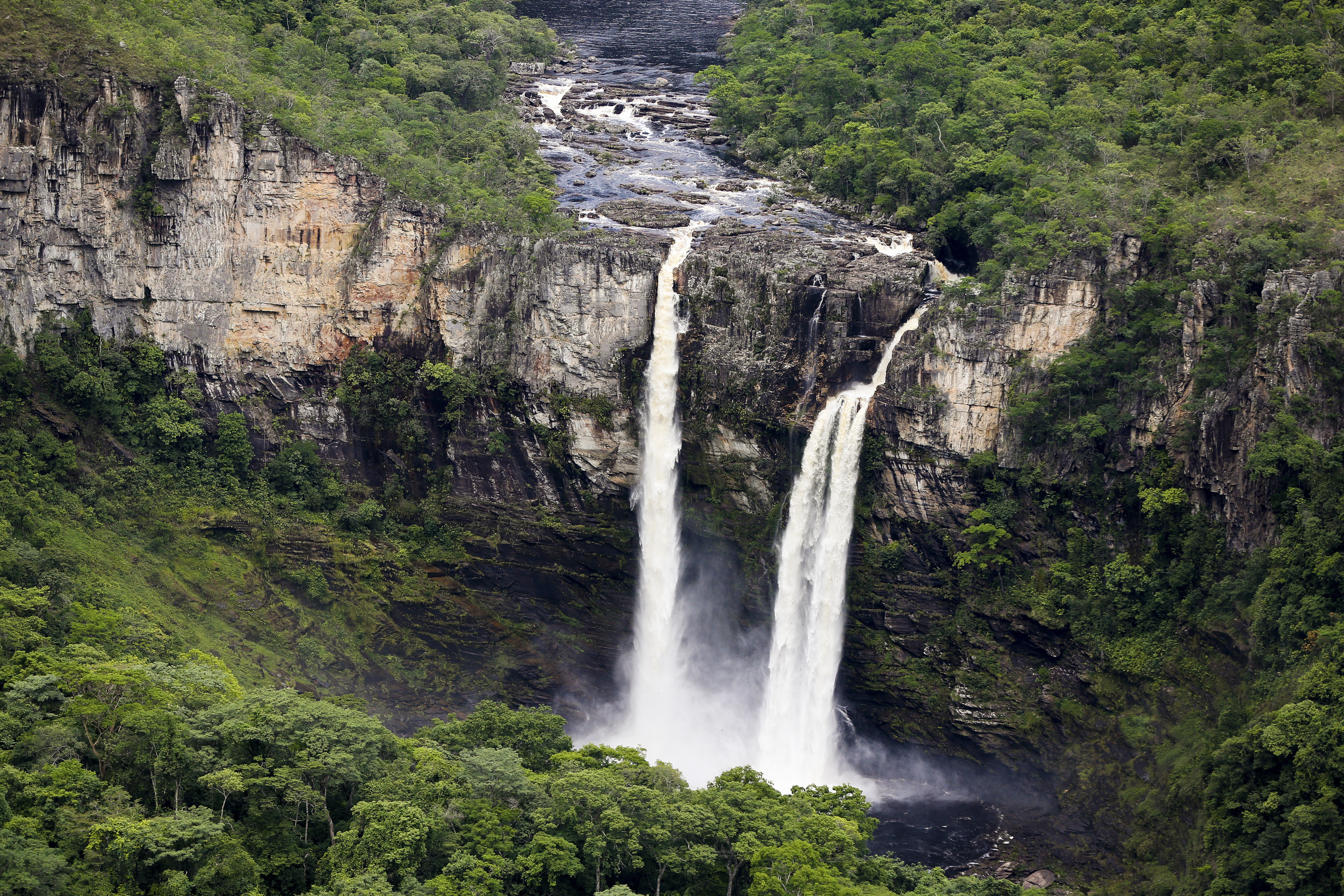|
Iquê Ecological Station
Iquê Ecological Station () is an ecological station in the Juína municipality of Mato Grosso, Brazil. Location The Ecological Station is in the Cerrado biome. It was created on 2 June 1981 and is administered by the Chico Mendes Institute for Biodiversity Conservation. A reduction of from the initial area was made by agreement with the Fundação Nacional do Índio in view of the indigenous area of the Enauenê-Nauê people. The conservation unit is in the Juína municipality of Mato Grosso. It would be in the proposed South Amazon Ecotones Ecological Corridor. Conservation The Ecological Station is a "strict nature reserve" under IUCN protected area category Ia. It was established to protect a sample of the ecosystem of the transition from the Amazon to the Cerrado The Cerrado () is a vast ecoregion of Tropics, tropical savanna in central Brazil, being present in the states of Goiás, Mato Grosso do Sul, Mato Grosso, Tocantins, Maranhão, Piauí, Bahia, Minas Ger ... [...More Info...] [...Related Items...] OR: [Wikipedia] [Google] [Baidu] |
Vilhena
Vilhena () is the easternmost municipality in the Brazilian state of Rondônia. Its population was 102,211 (IBGE-2020) and its area is 11,519 km2. – IBGE It is the fifth-largest city in Rondônia and has the best HDI in the state (0,771 – UNDP/2000). According to IBGE-2015, Vilhena also had a GDP of R$1.824.367,69(approximately US$460 million), which represented a GDP per capita of R$23.055,20 (around US$6.000,00) History In common with many other municipalities of Rondônia, Vilhena was started in the early twentieth century, around 1910, when Cândido Mariano da Silva Rondon built telegraph posts in the fields of the Plateau Parecis, linking several cities between Cuiabá and Porto Velho. Towns often would rise around these posts, Vilhena included. Population growth Migration from southern and southeastern regions caused the population to increase in 1959 after the construction of highway BR-364, which connects the north with the rest of the country and was paved ... [...More Info...] [...Related Items...] OR: [Wikipedia] [Google] [Baidu] |
Ecological Station (Brazil)
An ecological station () in Brazil is a type of protected area of Brazil as defined by the National System of Conservation Units (SNUC). The purpose is to preserve untouched representative samples of the different biomes in Brazil. Objectives and restrictions In the 1970s the Special Secretariat of the Environment under the environmentalist Paulo Nogueira Neto launched a program of ''estações ecológicas'' (ecological stations) with the aim of establishing a network of reserves that would protect representative samples of all Brazilian ecosystems. The objective of an ecological station is to preserve nature and conduct scientific research. It establishes the right of eminent domain Eminent domain, also known as land acquisition, compulsory purchase, resumption, resumption/compulsory acquisition, or expropriation, is the compulsory acquisition of private property for public use. It does not include the power to take and t ..., with the private areas included in its bound ... [...More Info...] [...Related Items...] OR: [Wikipedia] [Google] [Baidu] |
Juína
Juína is a municipality in the state of Mato Grosso in the Central-West Region of Brazil. The municipality contains the Iquê Ecological Station. It is served by Juína Airport. See also *List of municipalities in Mato Grosso This is a list of the municipalities in the state of Mato Grosso (MT), located in the Central-West Region of Brazil. Mato Grosso is divided into 142 municipalities, which are grouped into 22 microregions, which are grouped into 5 mesoregions. ... References Municipalities in Mato Grosso {{MatoGrosso-geo-stub ... [...More Info...] [...Related Items...] OR: [Wikipedia] [Google] [Baidu] |
Mato Grosso
Mato Grosso ( – ) is one of the states of Brazil, the List of Brazilian states by area, third largest by area, located in the Central-West Region, Brazil, Central-West region. The state has 1.66% of the Brazilian population and is responsible for 1.9% of the Brazilian GDP. Neighboring states (from west clockwise) are: Rondônia, Amazonas State, Brazil, Amazonas, Pará, Tocantins, Goiás and Mato Grosso do Sul. It is divided into 142 municipalities and covers an area of 903,357 square kilometers, consequently the state is roughly 82.2% of the size of its southwest neighbor, the nation of Bolivia. A state with a flat landscape that alternates between vast ''chapadas'' and plain areas, Mato Grosso contains three main ecosystems: the Cerrado, the Pantanal and the Amazon rainforest. The Chapada dos Guimarães National Park, with its caves, grottoes, tracks, and waterfalls, is one of its tourist attractions. The extreme northwest of the state has a small part of the Amazonian fores ... [...More Info...] [...Related Items...] OR: [Wikipedia] [Google] [Baidu] |
Cerrado
The Cerrado () is a vast ecoregion of Tropics, tropical savanna in central Brazil, being present in the states of Goiás, Mato Grosso do Sul, Mato Grosso, Tocantins, Maranhão, Piauí, Bahia, Minas Gerais, São Paulo (state), São Paulo, Paraná (state), Paraná and the Federal District (Brazil), Federal District. The core areas of the Cerrado biome are the Brazilian highlands – the ''Planalto''. The main habitat types of the Cerrado consist of forest savanna, wooded savanna, park savanna and grass, gramineous-woody savanna. The Cerrado also includes savanna wetlands and gallery forests. The second largest of Biomes in Brazil, Brazil's major habitat types, after the Amazon rainforest, Amazonian rainforest, the Cerrado accounts for a full 21 percent of the country's land area (extending marginally into Paraguay and Bolivia). About 75% of the Cerrado’s 2 million km2 is privately owned. Vast amounts of research have shown that the Cerrado is one of the richest of all tropi ... [...More Info...] [...Related Items...] OR: [Wikipedia] [Google] [Baidu] |
Chico Mendes Institute For Biodiversity Conservation
The Chico Mendes Institute for Biodiversity Conservation ( Portuguese: ''Instituto Chico Mendes de Conservação da Biodiversidade'', ICMBio) is a government agency under the administration of the Brazilian Ministry of the Environment. It is named after the environmental activist Chico Mendes. Its function is to protect, manage, and administrate protected areas within the country's territory. ICMBio is headquartered in Brasília Brasília ( ; ) is the capital city, capital of Brazil and Federal District (Brazil), Federal District. Located in the Brazilian highlands in the country's Central-West Region, Brazil, Central-West region, it was founded by President Juscelino .... References Nature conservation in Brazil Executive branch of Brazil Research institutes in Brazil Biodiversity databases Government agencies established in 2007 Environmental organizations established in 2007 2007 establishments in Brazil {{brazil-gov-stub, date=March 2014 ... [...More Info...] [...Related Items...] OR: [Wikipedia] [Google] [Baidu] |
Enauenê-Nauê People
The Enawenê-Nawê are an indigenous people of Brazil in the Mato Grosso state. They live in a large village near the Iquê River in the Enawenê Nawê Indigenous Land. They practice agriculture, fishing, and gathering and do not hunt or eat red meat. The Enawene Nawe are a relatively isolated people who were first contacted in 1974 by Vicente Cañas. They numbered 566 in 2012, up from 320 in 2000. In 2014 their number grew to 737. Name The Enawené-Nawé are also known as the Enawenê-nawê, Eneuene-Mare or Salumã people. They are distinct from the Salumá people in Pará. Language The Enawené-Nawé language is a Central Maipuran language, part of the Arawakan language family. Current issues These people are endangered by corporations that encroach on their land and pollute the rivers from which they obtain their source of food. Many dams have been built or are under construction on the Juruena river that pollute the water and kill many of the fish. Without fish, there ... [...More Info...] [...Related Items...] OR: [Wikipedia] [Google] [Baidu] |
South Amazon Ecotones Ecological Corridor
The South Amazon Ecotones Ecological Corridor () is a proposed ecological corridor connecting conservation units and indigenous territories that form an ecotone, or transition between the south of the Amazon rainforest and the north of the cerrado of Brazil. Background The first version of the ''Ecological Corridors of Tropical Forests of Brazil'' proposal was developed by a group of consultants at the request of the Brazilian Ministry of the Environment and presented in the first half of 1997. Seven major corridors were proposed: the Central Amazon Ecological Corridor, Northern Amazon Ecological Corridor, South Amazon Ecological Corridor, South Amazon Ecotones Ecological Corridor, Western Amazon Ecological Corridor, Central Atlantic Forest Ecological Corridor and Serra do Mar Ecological Corridor. These corresponded to about 25% of the rainforests of Brazil. Priority was given to the Central Amazon Corridor and the Central Atlantic Forest Corridor, which would test and develop t ... [...More Info...] [...Related Items...] OR: [Wikipedia] [Google] [Baidu] |
IUCN Protected Area Categories
IUCN protected area categories, or IUCN protected area management categories, are categories used to classify protected areas in a system developed by the International Union for Conservation of Nature (IUCN). The enlisting of such areas is part of a strategy being used toward the conservation of the world's natural environment and biodiversity. The International Union for Conservation of Nature, IUCN has developed the protected area management categories system to define, record and classify the wide variety of specific aims and concerns when categorising protected areas and their objectives. Further supplementary guidelines have been developed specific to marine protected areas (MPAs). This categorisation method is recognised on a global scale by national governments and international bodies such as the United Nations and the Convention on Biological Diversity. Categories Category Ia – strict nature reserve A strict nature reserve (IUCN Category Ia) is an area which is ... [...More Info...] [...Related Items...] OR: [Wikipedia] [Google] [Baidu] |
Amazon Rainforest
The Amazon rainforest, also called the Amazon jungle or Amazonia, is a Tropical and subtropical moist broadleaf forests, moist broadleaf tropical rainforest in the Amazon biome that covers most of the Amazon basin of South America. This basin encompasses , of which are covered by the rainforest. This region includes territory belonging to nine nations and 3,344 Indigenous territory (Brazil), indigenous territories. The majority of the forest, 60%, is in Amazônia Legal, Brazil, followed by Peruvian Amazonia, Peru with 13%, Amazon natural region, Colombia with 10%, and with minor amounts in Bolivia, Ecuador, French Guiana, Guyana, Suriname, and Venezuela. Four nations have "Amazonas (other), Amazonas" as the name of one of their first-level administrative regions, and France uses the name "Guiana Amazonian Park" for French Guiana's protected rainforest area. The Amazon represents over half of the total area of remaining rainforests on Earth, and comprises the largest a ... [...More Info...] [...Related Items...] OR: [Wikipedia] [Google] [Baidu] |
1981 Establishments In Brazil
Events January * January 1 ** Greece enters the European Economic Community, predecessor of the European Union. ** Palau becomes a self-governing territory. * January 6 – A funeral service is held in West Germany for Nazi Grand Admiral Karl Doenitz following his death on December 24. * January 10 – Salvadoran Civil War: The FMLN launches its first major offensive, gaining control of most of Morazán and Chalatenango departments. * January 15 – Pope John Paul II receives a delegation led by Polish Solidarity leader Lech Wałęsa at the Vatican. * January 20 – Iran releases the 52 Americans held for 444 days, minutes after Ronald Reagan is sworn in as the 40th President of the United States, ending the Iran hostage crisis. * January 21 – The first DeLorean automobile, a stainless steel sports car with gull-wing doors, rolls off the production line in Dunmurry, Northern Ireland. * January 24 – An earthquake of magnitude in Sichuan, China, kills 150 people. Ja ... [...More Info...] [...Related Items...] OR: [Wikipedia] [Google] [Baidu] |




